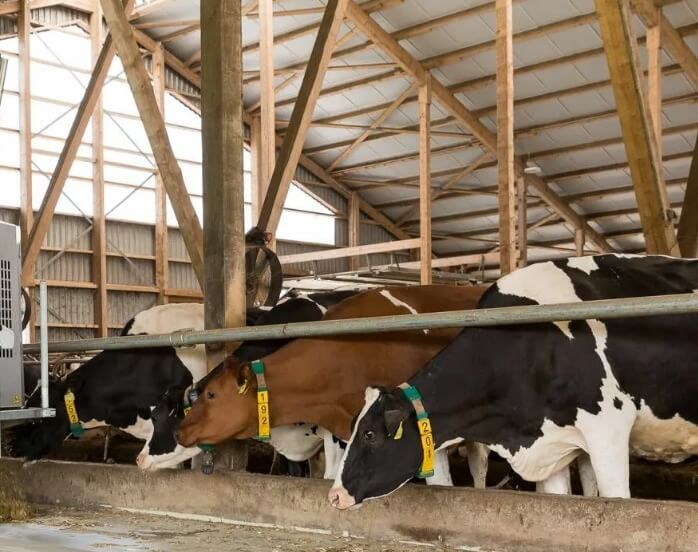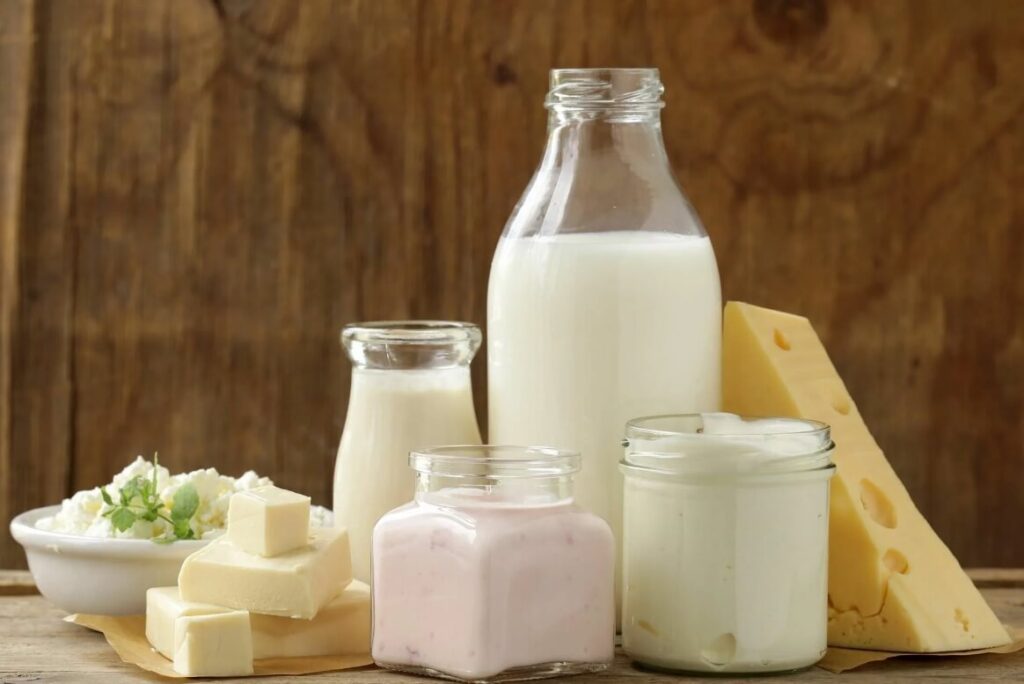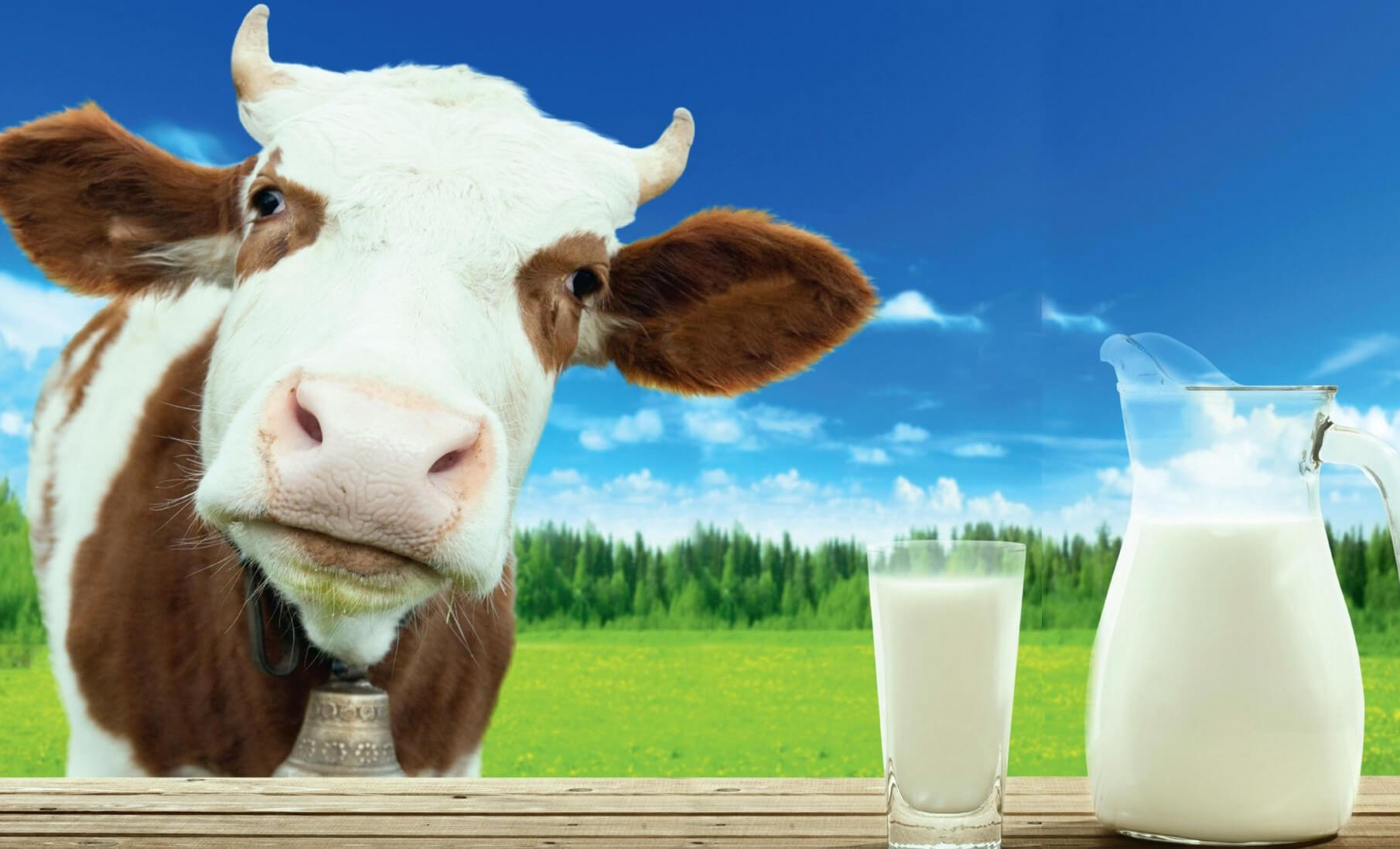The dairy industry is an economic powerhouse in the United States, with revenue of about $45.5 billion in 2022. Despite the value of the industry as a whole, most dairy farmers find themselves being driven out of business as they are unable to compete with the largest operations. This trend has forced families that have been in the dairy business for decades or even generations farming herds with a few hundred cattle to to leave the industry in favor of operations with as many as 50,000 cows or more.
Types of dairy farms
- Tiestall dairies. A tiestall housing system means that each cow has a designated stall in which they are tethered. The tethers prevent them from moving around freely or exiting their stall.
- Freestall dairies. One of the coolest farm types, temperature wise, is the freestall dairy farm. Freestall dairies provide top-notch ventilation throughout their barns to keep cows cooler in hot summer months – which is vital to quality milk production. Freestall dairies consist of freestall barns, which are exactly what they sound like— they provide cows with the freedom to eat, drink and rest wherever and whenever they like. Cows are free to “stall,” or take up residence, in any open area under the barn. In addition to better airflow in warmer weather, freestall barns also keep cows warm and provide shelter from the harsh conditions of winter.
- Drylot dairies. Drylot dairy farms are the perfect fit for drier climates. On drylot farms, cows are given access to shade and shelter on a large dry-dirt lot for relaxation. Cows have access to feed and water, with free reign to eat and drink as they please. Fans with misters are in feeding areas to make sure that cows stay cool on hot days. The cows in drylot dairies walk to the milking parlor to be milked two to three times each day before returning to their covered shelter.
- Pasture-based dairies. In this more traditional setup, cows get an “all access pass” to green pastures to graze and rest when they are not being milked in the milking parlor. Pasture-based dairies also provide cows feed and water in the barns whenever they need it. Pasture-based dairies still provide cover for inclement weather when needed, but most often the cows stay outside of a barn.

How much do you need to start a dairy farm?
Your costs of starting a farm depend on the location and size of the farm, the number of animals you have, the food and water that you will feed to them, and the equipment and gear you use to till the land and create a barn and milking system to house and milk your cows.
Factors Impacting Dairy Profitability
One key factor that can influence profitability is market demand. The demand for dairy products can fluctuate based on several factors, including consumer preferences and economic conditions. It is important to stay up-to-date on market trends and adjust production accordingly to maximize profits.
Feed costs are another important consideration. The cost of feed can vary depending on factors such as weather conditions, crop yields, and transportation costs. It is important to find ways to minimize feed costs without sacrificing the health and productivity of the cows.
Efficient feeding of the herd is a key factor that affects dairy farm profitability, regardless of the feeding system used.
Finally, government regulations can have a significant impact on the profitability of a dairy farm. Regulations related to food safety, animal welfare, and environmental protection can be complex and costly to comply with. It is important to stay informed about these regulations and implement measures to ensure compliance while minimizing costs.

In conclusion
Larger U.S. dairy farms tend to be more profitable than smaller dairy farms.
Hard work may be a mainstay for every dairy operation, but the highest-profit farms have several other attributes. From the land on which your cows graze to the equipment purchased, every small component has the potential to maximise profit margins over the long term.
Overall, running a profitable dairy operation in 2023 will require careful planning, attention to market trends, and a commitment to efficient and sustainable practices. With the right strategies in place, however, it is possible to succeed in this competitive industry.
